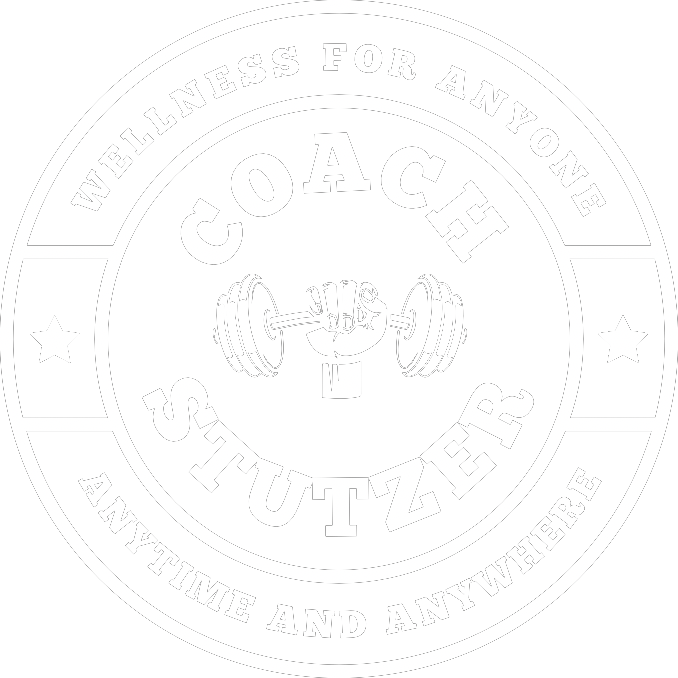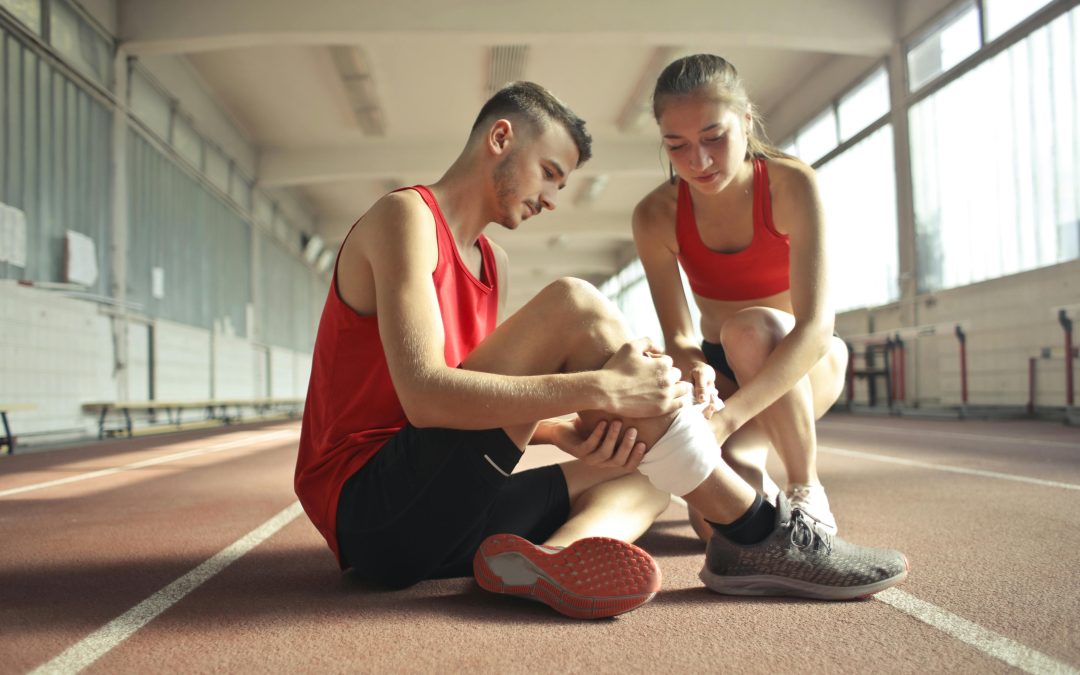Have you ever heard of Boomeritis? Neither had I until a few years ago.
Boomeritis is a term that recognizes the wear, tear, vulnerabilities, and injuries that many aging adults have or will develop in their musculoskeletal system, or as you might call it, their “frame.”
The Term “Boomeritis” was coined by Dr. Nick DiNubile in the 1990’s and is a Fun term to use today to help talk about the topic of common Injuries.
Before I give you a few simple tips to avoiding the common injury, let’s go over some of the MOST COMMON:
- Muscle strains
- Shin splints
- Stress fractures
- Achilles tendon tears
- Plantar fasciitis
- Osteoarthritis
- Golfer’s elbow
- Tennis elbow
and that’s just to name a few of what we HEAR about the most.
Now, from what I’ve noticed these injuries typically happen when One or a Few of these Three are Present:
- Sofa To Red Zone.
- Lack Of Recovery.
- Asymmetries In The Body.
So, Let’s break each of these down.
Sofa To Red Zone
Have you ever been sitting on the couch watching sports and thought to yourself, “I bet I can still do that”? If so, you probably shouldn’t try. But guess what? You’re going to try it anyway. No training phase, no real warm-up, no slow progression over a few weeks. Instead, you’ll get off that sofa, go outside, and try to sprint or run 10 miles, or go to the gym and attempt to lift twice your body weight without warming up and without having been to the gym in five years. This is reckless and will likely result in injury. I call this phenomenon “Sofa to Red Zone.”
Lack Of Recovery
Too many eager beavers are trying to speed up their progress in running, fat loss, or muscle building. They’re training seven days a week, sometimes twice a day, with too much volume on the road or in the gym, weak rest intervals, and poor nutrition habits because they believe they can eat poorly since they worked out hard. Add to that poor sleep and dehydration, and they’re doing everything they can to NOT recover. The sad thing is, they believe this is the only way to reach their goals, but in fact, it’s the reason they won’t achieve them. If taken to the extreme, it will actually sideline them because eventually, the body will break if not given enough recovery.
Asymmetries In The Body
Muscle imbalances, particularly in runners and everyday athletes, can lead to injuries and decreased physical performance. These imbalances occur when there is an asymmetry in the body, causing one side to be weaker, stronger, overused, or compromised compared to the other. To identify muscle imbalances, you can use methods such as observation, biometric testing, physiotherapy assessments, and movement analysis. To address these imbalances, focus on strengthening weaker muscles, incorporating stretching and flexibility routines, seeking professional guidance from physiotherapists or trainers, and consistently monitoring your progress. Although it’s not possible to fix all imbalances, addressing the significant ones can help prevent injuries and improve overall performance.
So….
How to Avoid Common Adult Injuries
Ease into Activity: If you’ve been sedentary for a long time, start with slow walks and bodyweight strengthening exercises. Gradually increase the intensity to avoid overdoing it initially. Consider hiring a coach if you need help setting up a manageable routine.
Prioritize Rest and Recovery: Focus on getting enough sleep (7-9 hours), staying hydrated (drink half your body weight in ounces of water daily), and eating enough protein (at least 0.8 times your goal body weight in grams).
Balance Your Training: In the gym and at home, train each side of your body separately and often. Instead of just doing barbell bench presses, incorporate alternating dumbbell bench presses. Don’t just do squats; include lunges and step-ups. Don’t only do planks; add side planks and rotational core exercises. Train both sides of your body hard and equally to maintain balance and prevent injuries.
I hope this helps.
Best regards,
Coach Stutzer

